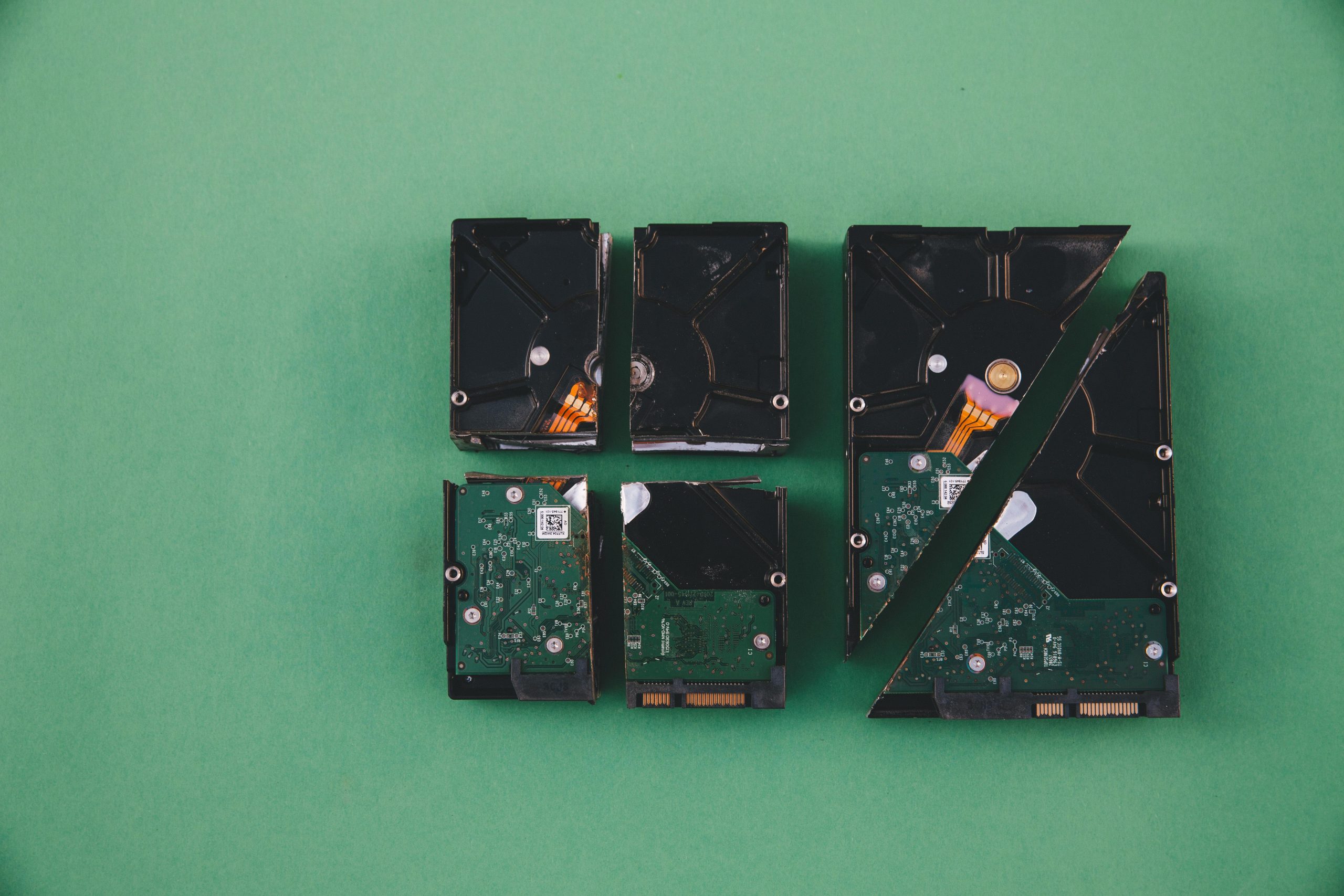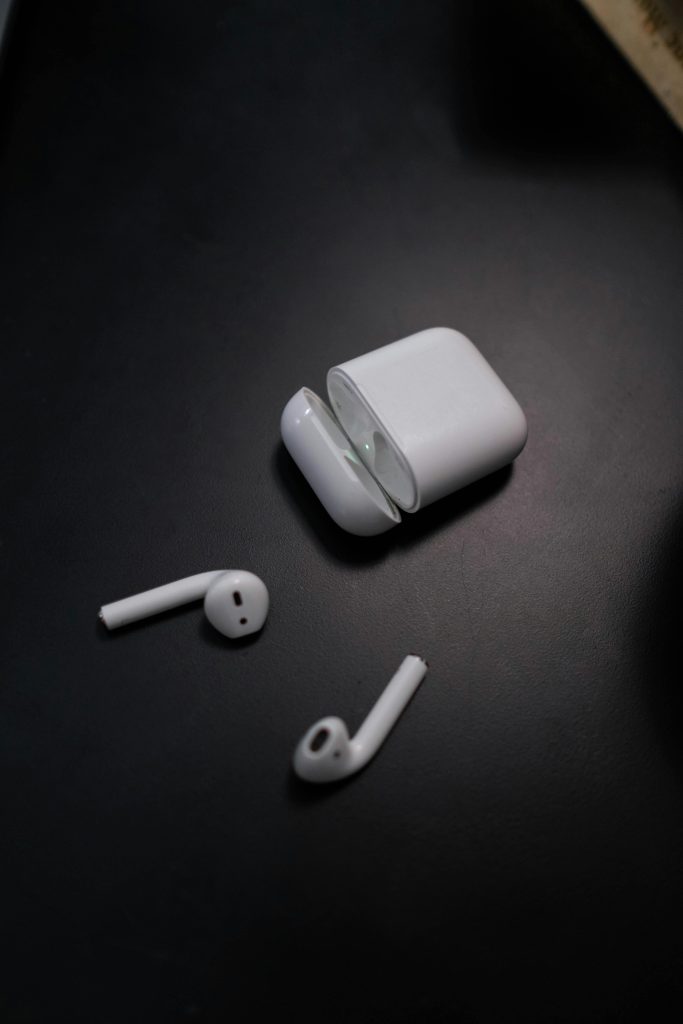Resolving External Drive Detection Issues in Windows: How to Remove Residual Program Installations
Many users opt to store their applications on external drives to conserve internal storage or for convenience. However, this practice can sometimes lead to unexpected system issues, particularly when Windows detects programs as installed on disconnected external devices. Such problems can prevent proper uninstallation or reinstallation of applications, causing frustration and workflow disruptions.
In this article, we will explore a common scenario: a user who stored the Obsidian application on an external drive encounters difficulties reinstalling the program after disconnecting the drive. We’ll outline effective methods to resolve such issues, enabling seamless management of your software installations.
Understanding the Issue
When an application like Obsidian is installed on an external drive, Windows may register it as being installed on that drive. If the drive is disconnected, Windows can still detect remnants of the application’s installation data, leading to the following problems:
- The program may appear in “Add or Remove Programs” or “Apps & Features” but cannot be uninstalled properly.
- Reinstallation attempts on the internal drive may fail, with Windows erroneously searching for the application on the disconnected drive.
- The system may become unresponsive or exhibit delays when opening other programs, especially if associated processes are hanging.
Common Causes
- Leftover registry entries or installation data referencing the external drive.
- Improper uninstallation procedures when the external drive is not connected.
- Windows detection mechanisms persisting after the drive is disconnected.
Step-by-Step Solution
- Ensure External Drive Disconnection
Before making changes, physically disconnect the external drive to prevent Windows from accessing or referencing it.
-
Use Windows Troubleshooter or Built-in Repair Tools
-
Open Settings > Update & Security > Troubleshoot.
-
Run the Program Install and Uninstall Troubleshooter (if available), which can identify and fix issues related to incomplete installations or removals.
-
Remove Residual Program Entries
-
Press Win + R, type regedit, and press Enter to open the Registry Editor.
- Warning: Be cautious when editing the registry. Export the registry before making changes.
Search for entries related to Obsidian:
- Use Edit > Find and search for “Obsidian”.
- Delete or modify entries that reference the external drive path.
Additionally, check:
- **HKEY_LOCAL_MACHINE\SOFTWARE\
Share this content:



